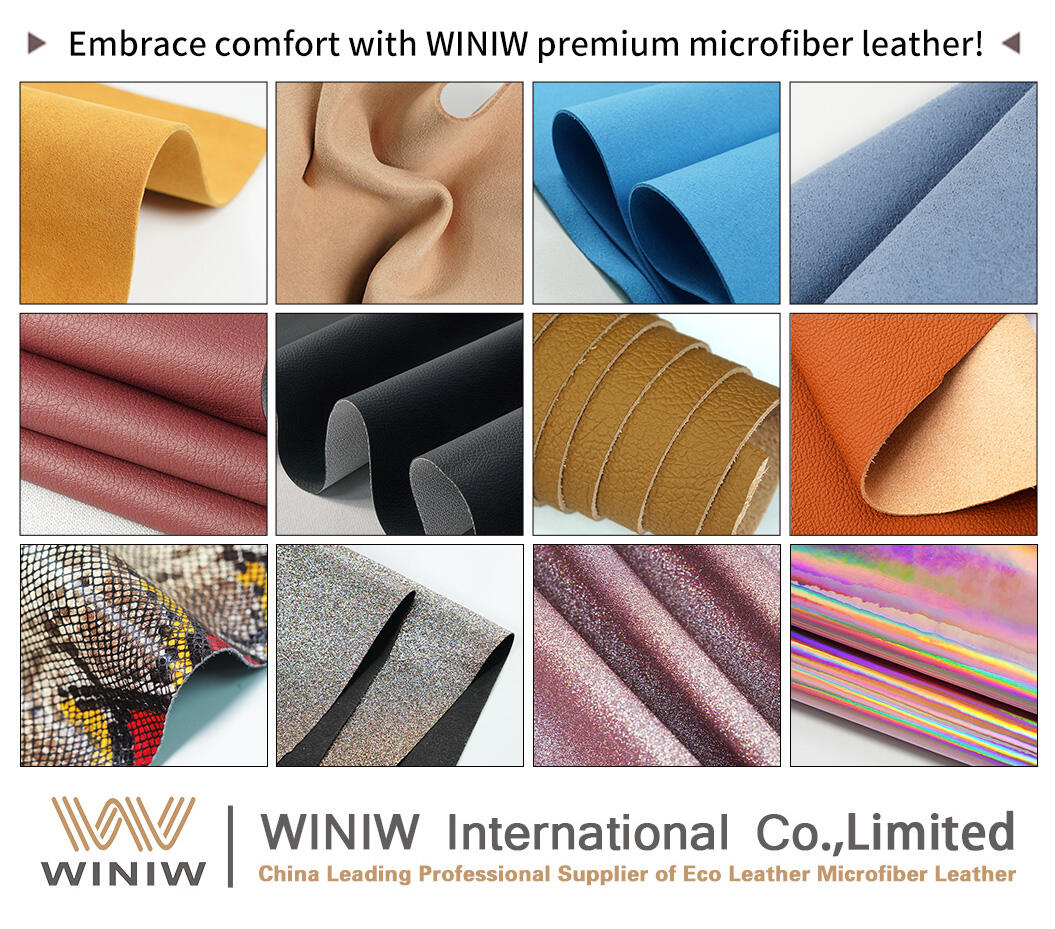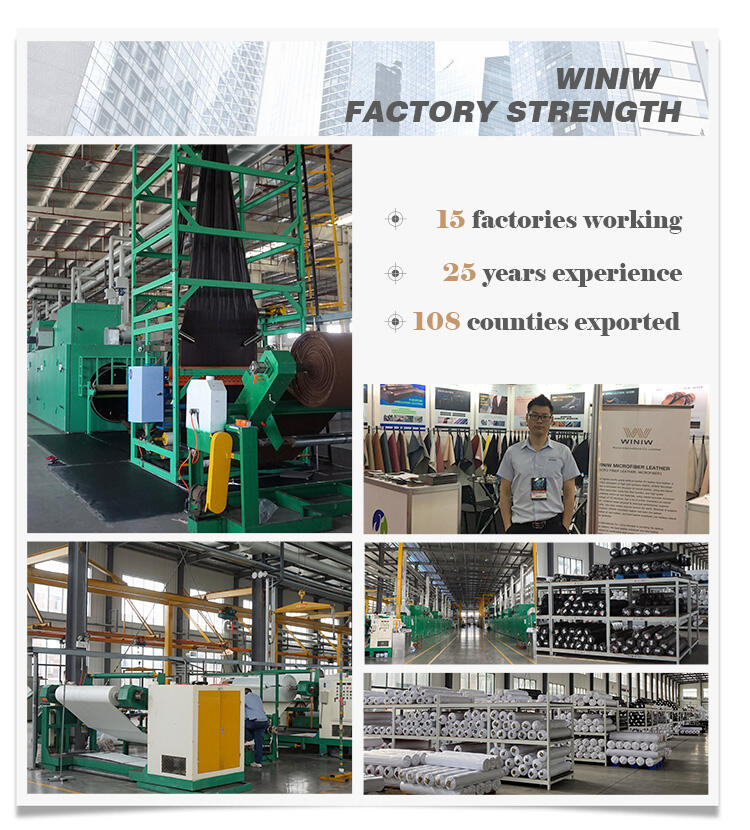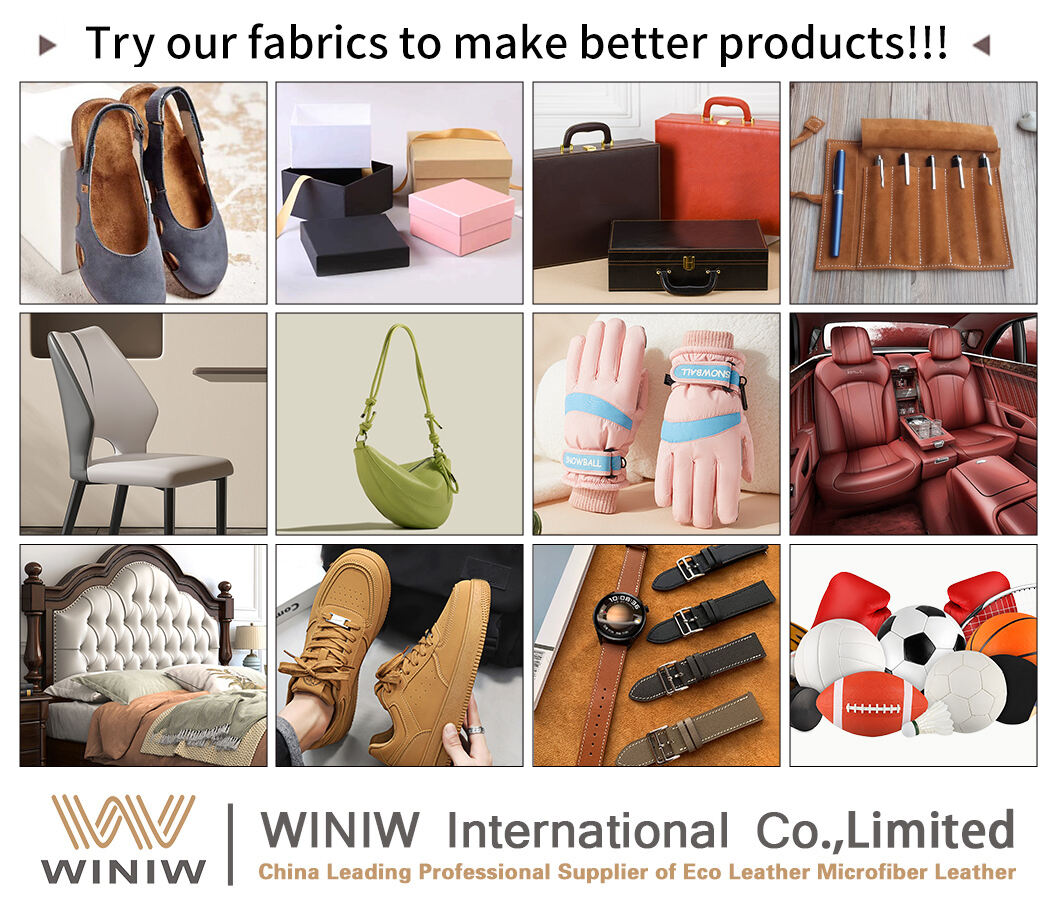ในวงการผ้าและวัสดุที่กว้างใหญ่ ผิวหนังเทียม , ซึ่งรู้จักกันในชื่อหนังสังเคราะห์, มีบทบาทที่โดดเด่นและสำคัญมากขึ้นเรื่อย ๆ หมวดหมู่ของวัสดุที่หลากหลายและนวัตกรรมนี้ได้เปลี่ยนแปลงอุตสาหกรรมแฟชั่น อุตสาหกรรมรถยนต์ เฟอร์นิเจอร์ และอีกหลายอุตสาหกรรม โดยนำเสนอทางเลือกที่ยั่งยืน คุ้มค่า และมาจากแหล่งที่มาอย่างมีจริยธรรมแทนหนังแท้ มาดำดิ่งสู่โลกที่น่าหลงใหลของหนังเทียมกัน โดยสำรวจถึงต้นกำเนิด ประเภท ประโยชน์ และแนวโน้มที่กำหนดอนาคตของมัน
ต้นกำเนิดและวิวัฒนาการ
ต้นกำเนิดของหนังเทียมย้อนกลับไปถึงช่วงต้นศตวรรษที่ 20 โดยมีการพยายามจำลองหนังแท้ด้วยวัสดุสังเคราะห์ เช่น ไวนิลและพลาสติก ในช่วงหลายทศวรรษที่ผ่านมา การพัฒนาทางเทคโนโลยีได้นำไปสู่การสร้างหนังเทียมหลากหลายประเภท แต่ละประเภทมีคุณสมบัติและความสามารถในการใช้งานที่แตกต่างกัน ตั้งแต่ PVC (โพลีไวนิลคลอไรด์) และ PU (โพลียูรีเทน) รวมถึงนวัตกรรมล่าสุดในด้านไมโครไฟเบอร์และวัสดุสังเคราะห์ที่เป็นมิตรต่อสิ่งแวดล้อม อุตสาหกรรมหนังเทียมได้ก้าวไกลอย่างมาก

ประเภทของหนังเทียม
ตลาดหนังเทียมมีความหลากหลาย ครอบคลุมวัสดุหลายประเภทที่ตอบสนองความต้องการและความชอบที่แตกต่างกัน หนึ่งในประเภทที่พบบ่อยที่สุดได้แก่:
-
ผิวหนัง pvc : ผลิตจากไวนิลที่ผสมสารเพิ่มความยืดหยุ่น PVC หนังเป็นที่รู้จักในเรื่องความทนทานและการกันน้ำ มักถูกใช้ในเฟอร์นิเจอร์กลางแจ้ง ภายในรถยนต์ และการออกแบบเครื่องแต่งกาย
-
ผิวหนัง PU : หนังโพลียูรีเทนเป็นหนังสังเคราะห์ที่พัฒนาขึ้นมากกว่าเดิม โดยให้สัมผัสที่นุ่มกว่าและยืดหยุ่นกว่า PVC นอกจากนี้ยังสามารถเลียนแบบลักษณะและความรู้สึกของหนังแท้ได้ ซึ่งทำให้มันได้รับความนิยมในวงการแฟชั่น เฟอร์นิเจอร์ และอุตสาหกรรมยานยนต์
-
ผิวหนังไมโครไฟเบอร์ : เช่นที่กล่าวไปก่อนหน้านี้, ผิวหนังไมโครไฟเบอร์ ผลิตจากเส้นใยโพลีเอสเตอร์หรือไนลอนที่ละเอียดมาก มอบลักษณะที่หรูหราและความทนทานอย่างยอดเยี่ยม คุณสมบัติที่เป็นมิตรต่อสิ่งแวดล้อมและการเป็นมิตรกับผู้บริโภคที่ไม่กินเนื้อสัตว์ทำให้มันกลายเป็นที่โปรดปรานเพิ่มขึ้นเรื่อย ๆ
-
Eco-Synthetic Leather : เพื่อตอบสนองต่อความต้องการที่เพิ่มขึ้นสำหรับวัสดุที่ยั่งยืน หนังสังเคราะห์เชิงสิ่งแวดล้อมจะผลิตจากพลาสติกรีไซเคิล พอลิเมอร์ที่มาจากพืช หรือวัสดุที่เป็นมิตรต่อสิ่งแวดล้อมอื่น ๆ การนวัตกรรมเหล่านี้กำลังผลักดันขอบเขตของสิ่งที่เป็นไปได้ในหนังเทียม
ประโยชน์ของหนังเทียม
หนังเทียมมอบประโยชน์หลายประการที่ทำให้มันเป็นทางเลือกที่น่าสนใจสำหรับอุตสาหกรรมต่าง ๆ:
-
ความคุ้มค่า : หนังสังเคราะห์ โดยทั่วไปแล้วจะมีราคาถูกกว่าหนังแท้ ทำให้เข้าถึงได้ง่ายขึ้นสำหรับฐานผู้บริโภคที่กว้างขึ้น
-
ความทนทาน : ผิวหนัง อสังเคราะห์ หลาย ชิ้น ถูก ออกแบบ ให้ทน ต่อ การ ทุบ และ ใช้ ได้ ยาว ยาว กว่า วัสดุธรรมชาติ บาง ชิ้น
-
ความหลากหลาย : ความ สามารถ ในการ ผลิต สี, เนื้อหา และ การ จัด ทํา ให้ สิวเทียม สามารถ ตอบโจทย์ ความ สวยงาม ของ การ ออกแบบ ที่ หลากหลาย.
-
ความยั่งยืน : ด้วยตัวเลือกที่ใช้ได้ในระบบประกอบสิ่งแวดล้อมหนังเทียมเป็นตัวแทนที่ยั่งยืนต่อหนังประเพณี โดยลดผลกระทบต่อสิ่งแวดล้อม
-
การหาสินค้าตามมารยาท : ไม่เหมือนกับหนังแท้ ที่มักต้องปลูกสัตว์และแปรรูปหนังเทียม เป็นหนังสืบทอดและไม่ใช้ยาร้าย
แนวโน้มในอุตสาหกรรมและอนาคต
อุตสาหกรรมหนังเทียมกําลังพัฒนาอย่างรวดเร็ว โดยถูกขับเคลื่อนโดยความชอบของผู้บริโภคสําหรับวัสดุที่ยั่งยืน มีคุณธรรมและมีประหยัด แนวโน้มสําคัญที่สร้างรูปแบบให้กับอุตสาหกรรมนี้ ได้แก่
-
มุ่งเน้นความยั่งยืน : ผู้ผลิตกําลังนํามาใช้กระบวนการผลิตที่มิชอบสิ่งแวดล้อมมากขึ้น และใช้วัสดุที่นํามาใช้ใหม่หรือจากพืชเพื่อลดผลกระทบต่อสิ่งแวดล้อม
-
นวัตกรรมทางเทคโนโลยี : การพัฒนาทางวิทยาศาสตร์วัสดุกำลังนำไปสู่การพัฒนาประเภทใหม่ของหนังเทียมที่มีคุณสมบัติที่ดีขึ้น เช่น การระบายอากาศที่ดีขึ้นและความทนทานที่เพิ่มขึ้น
-
ความต้องการที่เพิ่มขึ้นในตลาดเกิดใหม่ : เมื่อเศรษฐกิจเติบโตและการใช้จ่ายของผู้บริโภคเพิ่มขึ้นในตลาดเกิดใหม่ ความต้องการผลิตภัณฑ์หนังเทียมคาดว่าจะเพิ่มขึ้น
-
การปรับแต่งและการทำให้เป็นส่วนตัว : ผู้บริโภคกำลังมองหาผลิตภัณฑ์ที่เป็นเอกลักษณ์และปรับแต่งได้ ส่งผลให้มีความต้องการตัวเลือกหนังเทียมที่สามารถปรับแต่งได้
สรุปแล้ว อุตสาหกรรมหนังเทียมเป็นภาคส่วนที่มีพลวัตและนวัตกรรมสูงซึ่งมีบทบาทสำคัญในการกำหนดรูปแบบการออกแบบและการบริโภคยุคใหม่ ตั้งแต่วัสดุที่ประหยัดและทนทานไปจนถึงทางเลือกที่ยั่งยืนและมีจริยธรรม หนังเทียมมอบตัวเลือกที่หลากหลายและน่าสนใจสำหรับอุตสาหกรรมหลายแห่ง เมื่อเทคโนโลยียังคงพัฒนาและแนวโน้มของผู้บริโภคเปลี่ยนแปลง下去 อนาคตของหนังเทียมดูสดใสพร้อมที่จะสร้างผลงานที่ยิ่งใหญ่กว่าเดิมในโลกของวัสดุและการออกแบบ


 EN
EN









































